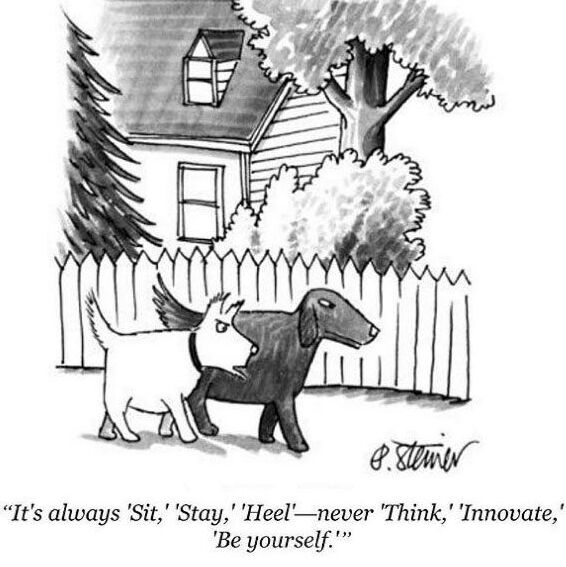The Big Stay
|
|

There’s the Big Easy (NOLA), there’s the Big Sleep (Raymond Chandler), and there’s the “Big Guy”.
Now, after all these Bigs, there’s the Big Stay.
What’s the Big Stay(BS)? The Long Linger?
No, it’s the contention that “More Workers Are Hunkering Down And Staying In Their Current Jobs” instead of quietly quitting or resigning, as in the “Great Resignation” or the “Big Quit”, for greener pastures (better pay and benefits, work flexibility, an enhanced work-life balance and career advancement).
In 2021 we were told as many as 4 million workers quit each month.
Well, good enough; today’s labor force numbers suggest that there’s less employee turnover caused by a variety of economic and social factors including the astonishing - for some - personal epiphany that most of us have to work in order to live.
We may not live to work, but we work to live, to coin a phrase.
The Big Stay will no doubt assuage one of a manager’s numerous bugbears: retention.
But, motivating those staying will be an ongoing challenge because those staying in place include your star workers (engaged), as well as the deadwood and superfluous (not engaged) workers.
The latter, in a permanent state of disengagement, may be doing only enough to get by.
How do we keep the effective, engaged worker who likes his job? At the same time, the manager needs to keep in mind their engaged stars may only be staying until job openings pick up. And, what about the deadwood, the disengaged? Isn’t it time to address what’s not driving them?
So, HR types will be reminding you with their HR panacea that you need to continuously work on improving the employee experience; better “delivering great employee experiences”
so that your stars don’t wander off.
HRs underlying assumption is that an employee’s motivation is largely due to external factors. It harks back to the notion of KITA (Kick In The Ass) as a motivation strategy. There’s little evidence that KITA type encouragement has any sort of long-term effect. Likely, in some cases, your engaged employee (self-directed) may decide to leave because of your efforts to provide that great employee experience!
HR says that managers should pursue initiatives that foster engagement, belonging, and loyalty.
Like what?
Well, besides pay/bonus, benefits, flexible work there’s the employee/manager relationship, there’s the workplace culture, and finally the employee’s sense of belonging.
Decades ago, Fred Emery found six positive factors for employee engagement:
Adequate elbowroom for decision-making
Opportunity to learn at work
Variety in work
Mutual support and respect
Meaningfulness
Desirable future
Like Emery, Herzberg conclusively showed what it takes for people to thrive in the workplace
and what triggers internal motivators, that inner pride and satisfaction in a job well done. There’s:
achievement,
recognition for achievement,
the work itself,
responsibility, and
growth or advancement.
All too often HR and management consultants make a major mistake by ignoring that some workers arrive fully motivated – instead HR focuses on external factors, KITAs, to retain employees. Ignoring the motivation the employee brings to the job, can result in employee dissatisfaction.
There’s a better way. Consider, as a leader, how to apply Emery and Hertzberg’s thinking to enable your stars and to attempt to lift up the disengaged.
That’s, per Herzberg - the “unique human characteristic, the ability to achieve and, through achievement, to experience psychological growth”- what will lead to employee retention and each worker’s doing a better job each day.
__________
ONLY a click away:

And, my book on democratic workplaces, which incorporates much of what Emery and Herzberg professLeading from the Middle, is available at Amazon.
© Copyright all text John Lubans 2023
 John Lubans - portrait by WSJ
John Lubans - portrait by WSJ